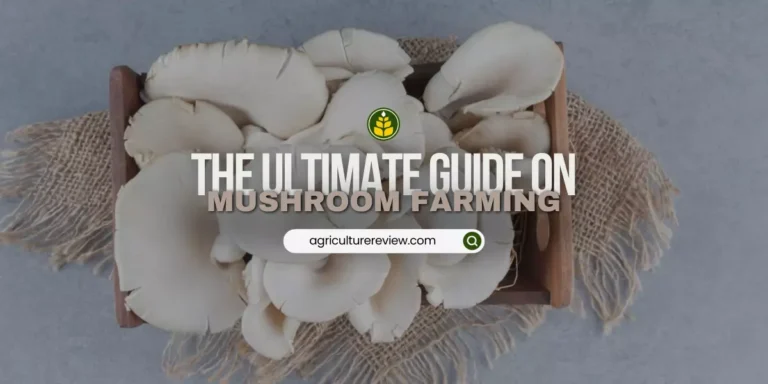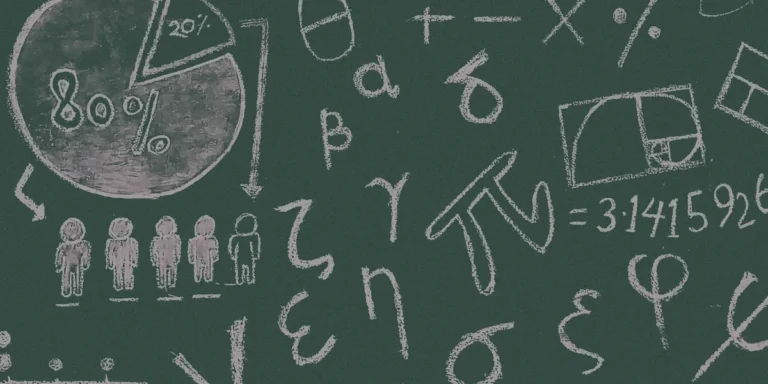The contribution of agriculture to the GDP (Gross Domestic Product) of India in 2023 is 15%. It has declined from 35% in 1990-91 because of rapid growth of industrial and service sectors in the country. However, globally, India is the largest producer of milk, spices, pulses and jute. It is also the second-largest producer of rice, wheat, sugarcane, groundnut, vegetables, fruits, and cotton in the world.

According to government resources, around 45.6% of the total workforce in India is employed in the agriculture sector. The National Statistical Office (NSO) surveyed Agricultural Households in the rural areas of the country and it was found that the average monthly income per agricultural household of the state or Union Territory was highest in Punjab and lowest in Jharkhand.
The average monthly income per agricultural household in Punjab is 26,701 INR while that of Jharkhand is 4,895 INR. The average landholding of farmers in Punjab is around 3.62 hectares while in Jharkhand it is only about 0.62 hectares. Moreover, farmers of Punjab have adopted modern farming techniques such as precision agriculture, use of high-tech machinery, effective irrigation, etc. But, due to the overuse of fertilizers and pesticides, a new problem of reduced soil fertility is the picture.
While on the other hand, due to low land holdings and misguided agricultural practices productivity is relatively much lower in Jharkhand. Most of the farmers practice mono-cropping system and 75% of the net sown area is rainfed in the state. But still, it can improve and adopt new effective agriculture practices to increase production and income.
If you have any queries, ideas or suggestions, then please comment below. You can also connect with Agriculture Review on Facebook, Instagram, Koo and WhatsApp Messenger.





